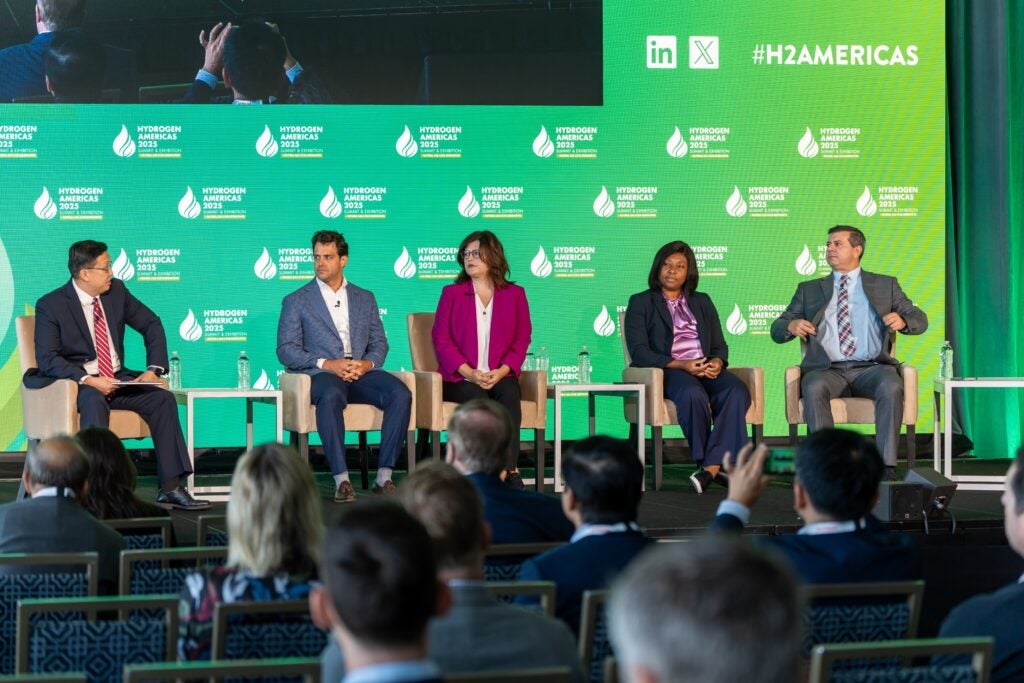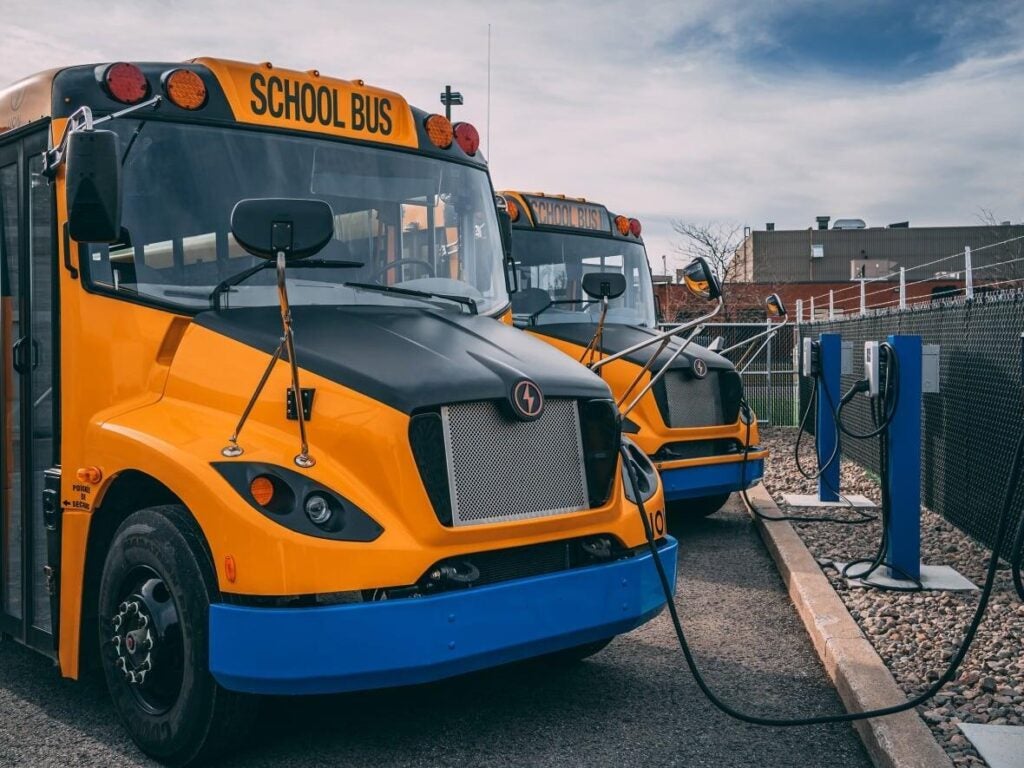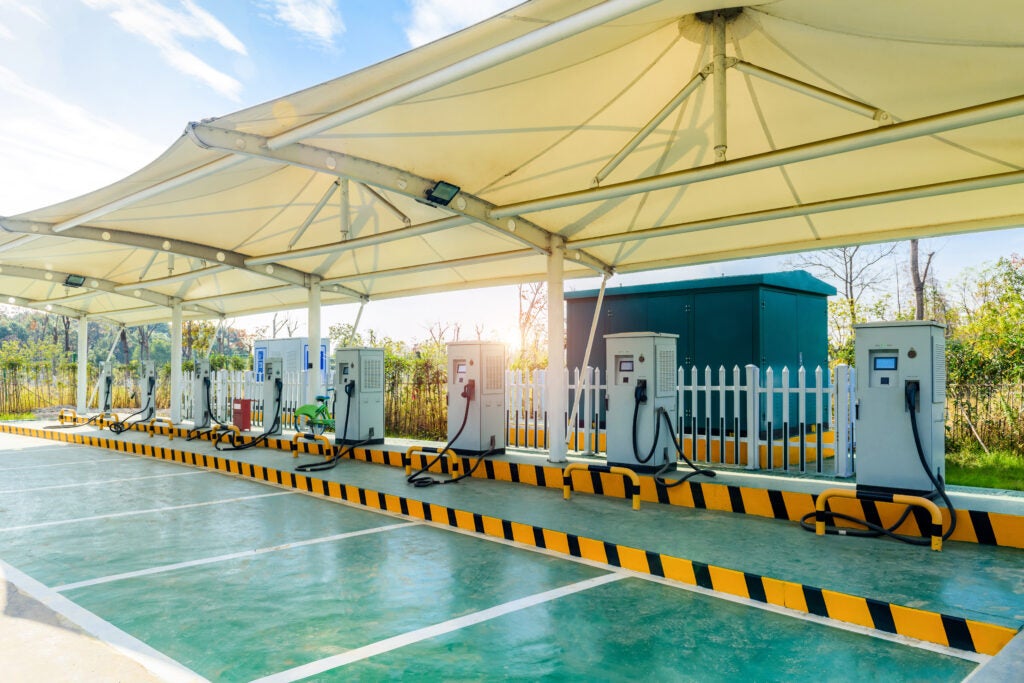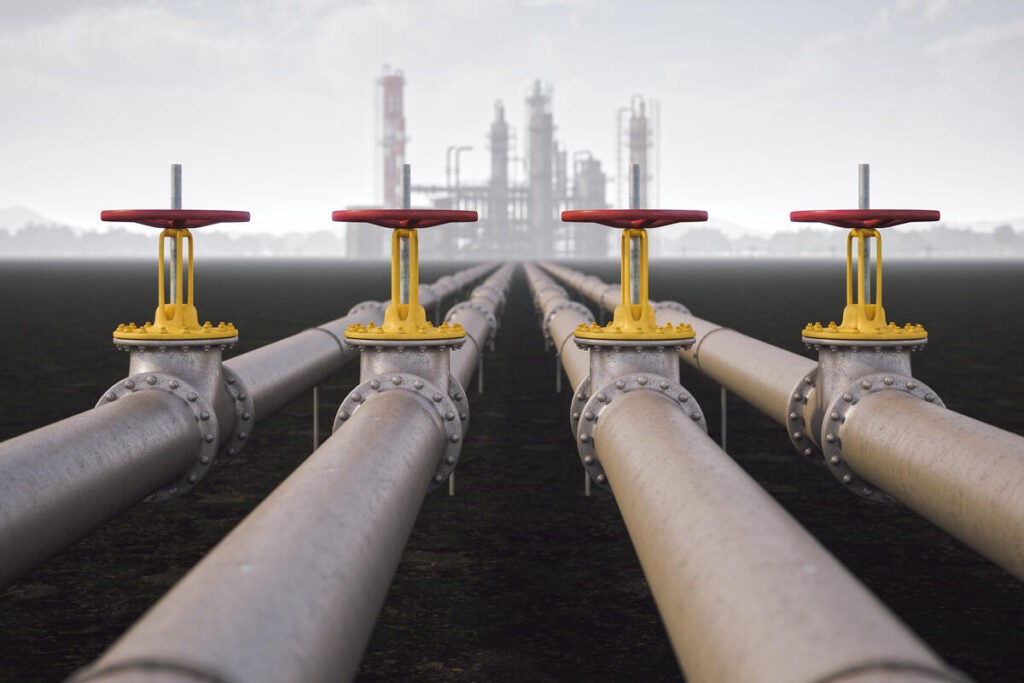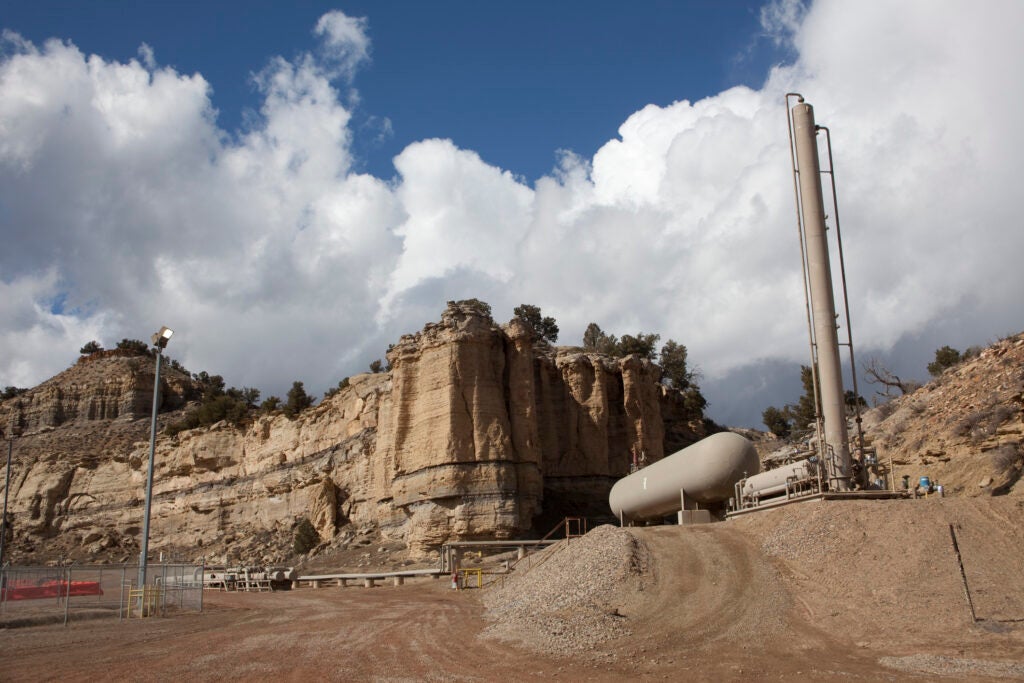- For blue hydrogen to be truly better for the climate than the fossil fuels it is intending to replace, three conditions must be met: high carbon capture rates and permanent storage; low upstream methane emissions and low hydrogen losses.
- A vacuum in federal leadership demands accountability by industry and investors, resisting rollbacks that harm the credibility of the hydrogen industry and committing to transparency.










